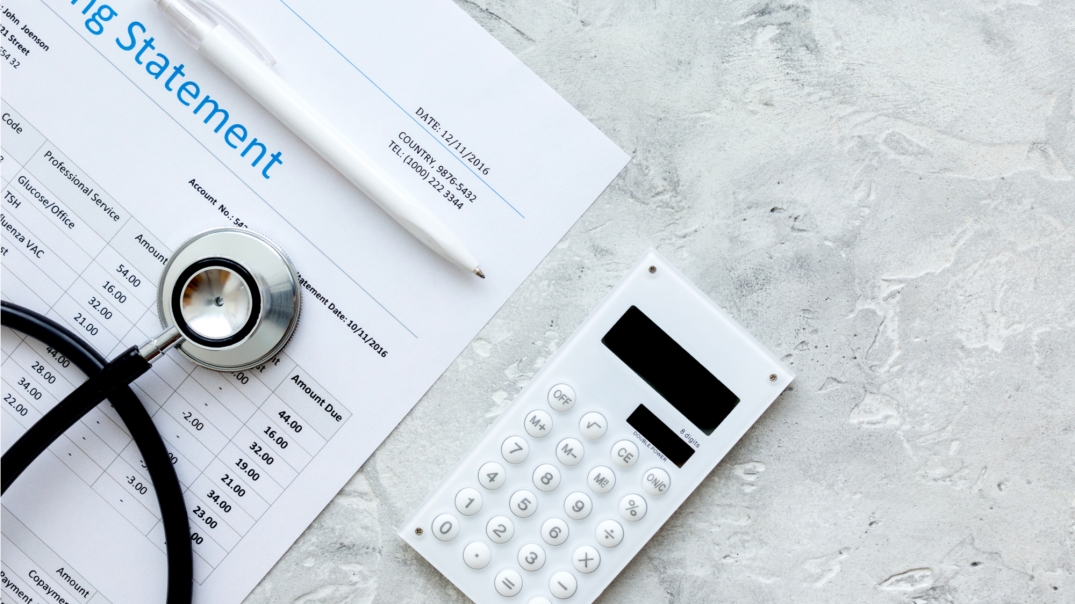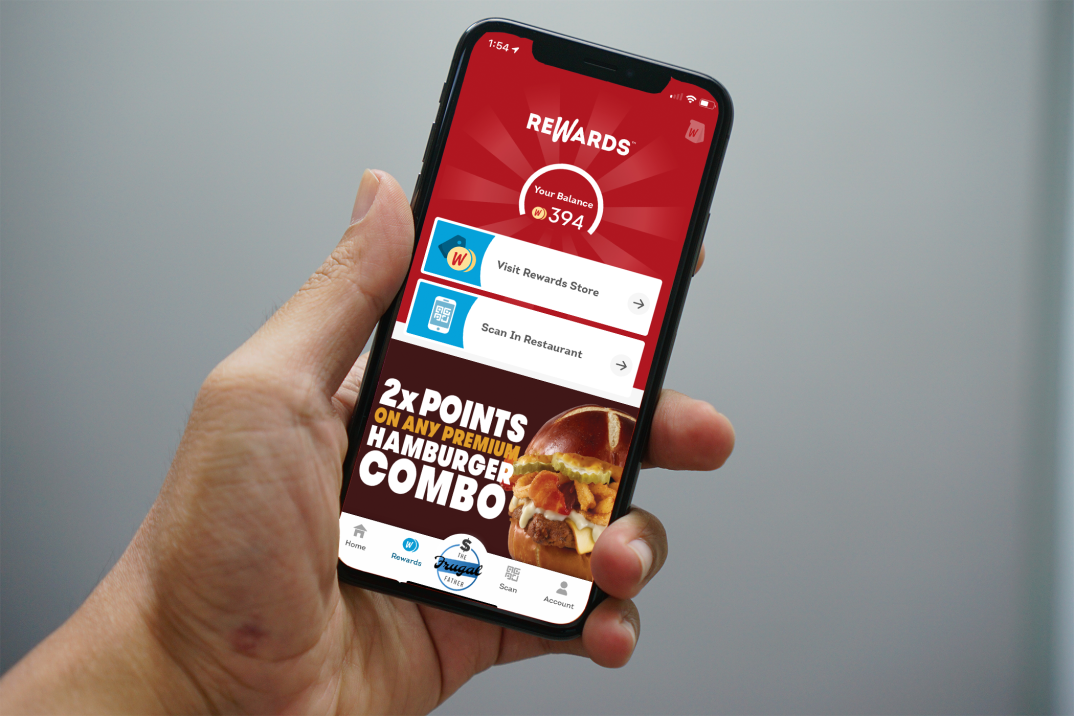If you’re looking for free fast food, loyalty apps often have the best deals. Digital coupons usage has finally exceeded paper coupons (according to Inmar Intelligence) during the pandemic, but a big part of that trend is the growth of mobile rewards programs. With brands investing heavily in apps, expect them to be go-to source for exclusive deals and perks from now on. Here’s a look at what the apps currently offer, including free food.
Starbucks
With Starbucks Rewards you earn 2 points—or Stars—for each dollar spent, which can be redeemed for drinks and food items. As an example, if you spend $75 you can redeem a hand-crafted drink or a hot breakfast item. You can also double your Stars for each dollar spent when pre-loading money into the app. There’s other occasional promotions that award Stars, like double Star days and in-app games.
Order availability: Pick-up or delivery
Sign-up info requested: Your name and email
Free food or drink: Coffee on your birthday
McDonald’s
McDonald’s has exclusive (and sometimes their best) deals on their app, along with a virtual McCafé card that allows you to get your sixth McCafé drink for free. You can always find good deals on the app, which typically shave a few bucks off an item (like offering $1 large fries), but sometimes free items are offered, too.
Order availability: Pick-up or delivery
Sign-up info requested: Either your name and email, or Facebook, Apple, or Google account
Free food: Free Cheeseburger, McChicken, or Sausage McMuffin for new users
Burger King
Like McDonald’s, Burger King’s app is focused on deals rather than reward points, but the deals are plentiful, with offers typically taking a few bucks off an item or meal (for example, a $3 Double Whopper). There is no mention of redemption using the nearly mythical Crown Card, which apparently gives you free food for life.
Order Availability: Pick-up or Delivery (in some regions)
Sign-up info requested: Your name and email
Free food or drink: A free Whopper for new users
Wendy’s
You earn 10 points for every dollar you spend on the Wendy’s mobile app, which can be redeemed through an in-app Rewards Store. The rewards are okay (you have to spend $35 for a 350-point Junior Bacon Cheeseburger, for example), but Wendy’s has deals too, which are pretty good. As with McDonald’s or Burger King, having the app can knock a couple bucks off your meal.
Order Availability: Pick-up or delivery (in some regions)
Sign-up info requested: Your name and email
Free food or drink: None
Taco Bell
Each dollar you spend earns you 10 reward points on Taco Bell’s mobile app, which can be redeemed for select items once you collect 250 points (examples include a Crunchy Taco or a Bean Burrito). When you’ve earned 2,000 points, each dollar spent earns 11 points and you have more menu items to choose from when you redeem them for 250 points (Chalupa Supreme or Doritos Locos Tacos). No deals are offered (except prize draws), although that’s somewhat offset by the lower price point of their items.
Order availability: Pick-up only
Sign-up info requested: Facebook or Apple accounts, or name and email address (birthday optional)
Free food or drink: A “surprise” item can be redeemed on your birthday.
Subway
With Subway MyWay Rewards, you earn tokens with each purchase and collect rewards every 200 tokens. The reward system is unnecessarily complicated—the app isn’t clear about how many tokens you get with each purchase, so I had to read the small print on the website to confirm that it’s four. The app offers exclusive deals, although only one was available as I was signing up (a 2-for-1 footlong deal, which is good value).
Order availability: Pick-up only.
Sign-up info requested: Name, email, and phone number.
Free food or drink: None.
Chipotle
For every dollar you spend on Chipotle’s rewards program, you get 10 points, and when you hit 1,250 points you a free entree. A unique twist is that you get more points for trying new menu items, and you also get a gift reward for your birthday. The app awards “bonuses” that work like deals, although there was only one deal for free Chips & Guac with a purchase when my new account was created.
Order availability: Pick-up or delivery
Sign-up info requested: Name, email, and phone number (birthday optional)
Free food or drink: A “gift reward” on your birthday
Domino’s
With Domino’s you get 10 rewards points for every order $10 or more, and when you collect 60 points you earn a free medium 2-topping pizza. The app also has a wide selection of store-specific and nationwide coupons that typically have a few dollars in value. It’s an unfussy app with good digital coupons.
Order availability: Pick-up or delivery
Sign-up info requested: Name, email, and phone number
Free food or drink: None




